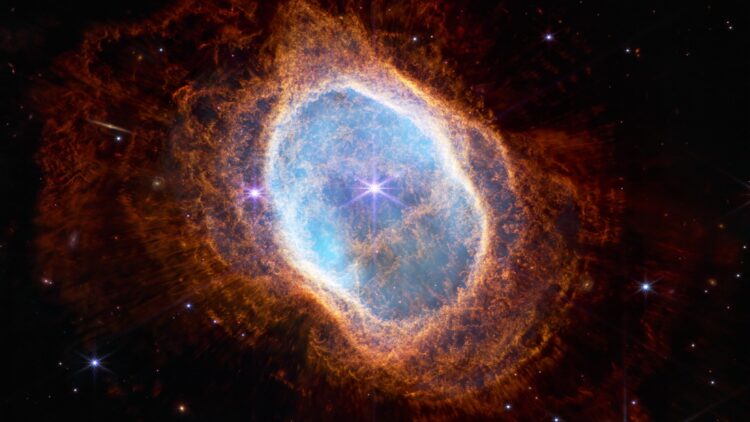Far and unknown, the universe has always been something that has captured the minds of humanity. To unravel its secrets, we have looked into the skies with crude maps and charts of the Hubble space telescope. Now, new findings made by NASA are helping to answer questions regarding the universe’s destiny.
These discoveries could alter our vision of our cosmic future, whether the relentless expansion due to dark energy or the far journey of space probes such as Voyager. Let us look at what could happen from the next billion years onwards.
A cosmic odyssey: Voyager’s journey to the far side of the Milky Way
The Voyager 1 was launched by NASA in 1977 and is humanity’s probe that went further than any other spacecraft. This famous probe will have flown across the Milky Way galaxy in a billion years. This is an outstanding achievement, and one can hardly turn a blind eye to the fact that the Earth is facing a bleak future. Our star, the Sun, will expand to its red giant stage, vaporizing the Earth’s water to make it unbearable to live on.
But Voyager is not just the technical success of the mission – it is a message in a bottle in space. As Voyager travels through space without making a sound, it will come across other extraterrestrial species or interstellar artifacts. While astronomers chart the trajectories of interstellar objects such as `Oumuamua and Borisov, they ask themselves whether they are the leftovers of the civilizations, as Voyager will be one day.
The multiple catastrophes on Earth are counterbalanced by the Voyager reminder of man’s capacity to inscribe a message in the great cosmic arena. Their golden record containing information about our world could become as valuable to alien archaeologists as books about people who dreamt of leaving their planet.
The dark energy enigma: A mysterious force shaping cosmic destiny
We have known about dark energy, the force causing the universe’s expansion rate to increase, since 1997, and it constitutes 68% of the total energy content of the universe (the effects of this energy are known). Found in 1998, it increases with the universe’s age, thus making scientists ask themselves about its future effects. Is it possible for dark energy to cause the universe to be ripped apart in a ‘big rip’? Or might its influence decrease and halt the process of the universe’s expansion?
Dark energy is what NASA’s upcoming Wide Field Infrared Survey Telescope (WFIRST) is planned to shed light on. With galaxies and Type Ia supernovae, WFIRST will identify how this force has changed from the past through the present. These observations could hint at whether or not the universe’s expansion rate will keep rising.
If the “big rip” theory is true, the distant future will not be happy. Dark energy may one day triumph over gravity and rip galaxies, stars, and even atoms apart. This would be the ultimate dissolution of the universe of the worst kind. Still, knowing about dark energy is not entirely hopeless because, after all, the knowledge of the cosmic events might spur people to come up with innovative ideas – or even solutions.
A billion-year legacy: The search for cosmic life and ancient artifacts
The search for life beyond Earth might one day offer great discoveries in a billion years. It is already possible for astronomers to observe interstellar objects with telescopes like Webb and determine their composition and their formation. These objects might belong to extraterrestrial civilizations, might they not? While these structures could be natural, they might also be artificial, and scientists think that such artifacts can tell them about the past of intelligent beings across the Milky Way.
NASA’s current operations to get fragments of interstellar meteors like IM1 provide interesting information. For instance, these objects’ material strength and composition are somewhat different from those originating from Earth. Future research may prove whether other societies existed and whether they spread across the galaxy, leaving behind technological relics.
Since Voyager is a reflection of mankind’s pursuit, in the same measure, the search for alien intelligence reflects mankind’s desire. Whether it’s ancient aliens or signs of loneliness in space, every discovery brings a rich human understanding of life in the vastness of the universe.
The universe’s ultimate fate, the mystery of dark energy, the movements of galaxies, and our undying human desire for knowledge make the study of the universe one of science’s greatest enigmas. The agency’s projects, ranging from analyzing dark energy to following the interstellar journey of the Voyager probe, demonstrate the tremendous potential—and the problems—of the future of space exploration.
We hope to venture out and learn what is out there, and in a billion years, the Earth might not resemble this picture. Whether through interstellar relics or new cosmic theories, humanity’s legacy will live on as a testament to our quest for knowledge.

